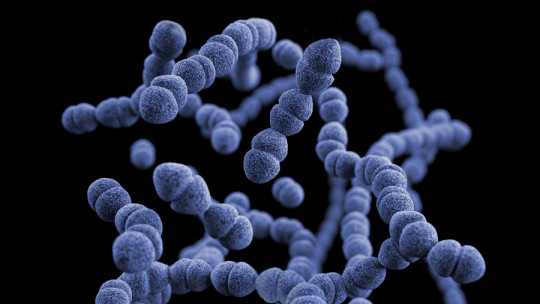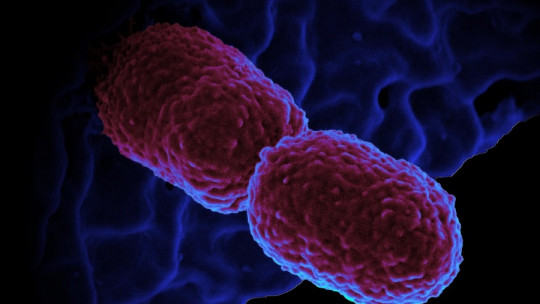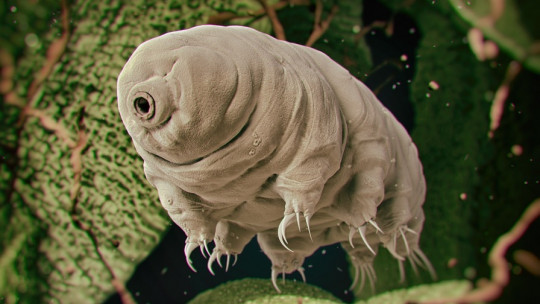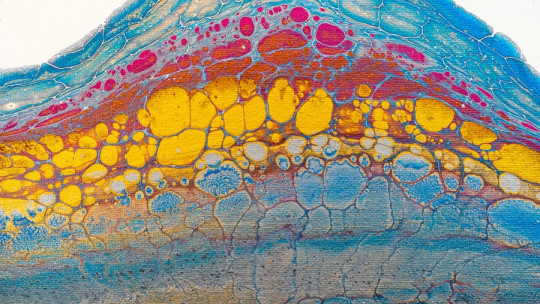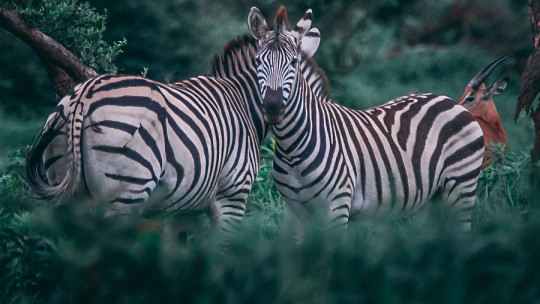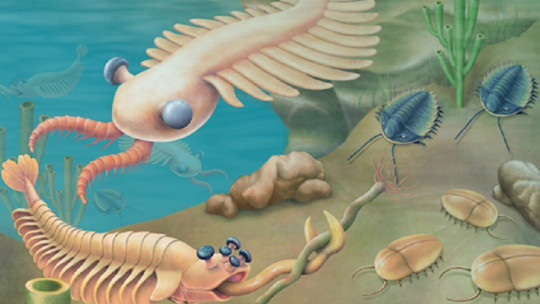Understanding the origin of life is, for human beings, one of the most complex and mystical questions that can be proposed. How did the cell, the basic unit of living beings, emerge from inert compounds? What is the underlying reason that led to the appearance of living beings from the elements that make them up?
The simple concept of “non-life” is enormously complex to understand because, on a planet with more than 8.7 million estimated species (most of them undiscovered), the simple fact of conceiving the lack of sentient organic matter in some moment in Earth’s history is, without a doubt, a challenge for even the best of scientists.
Here we will explore a topic that goes beyond the very existence of human beings, as we try to elucidate the hypotheses and assumptions that have tried to explain the origin of life on our planet. It is the scope of abiogenesis and the theory of abiotic synthesis where it is about explaining the existence of being from nothing.
What is the theory of abiotic synthesis?
Abiogenesis refers to natural process of emergence of life from its non-existence, that is, based on inert matter , simple organic compounds. The scientific community estimates that the origin of life dates back to a period between 4.41 billion years ago, when water vapor began to condense regularly on Earth, and 3.77 billion years ago, moments in which that date the first signs of life.
The “classical” theory of the origin of life involves some insurmountable logistical problems, which have been covered in scientific review articles in multiple instances. To understand the complexity when it comes to elucidating this process, we present some of them:
It’s time to get a little metaphysical, since the third point on this list especially catches our attention. Even by arranging all the substances required to give rise to the simplest cell type of all, we have not been able to obtain a structure that experiences life which is why “being” must constitute something more than the sum of all its parts, right?
Abiotic synthesis from organic molecules: Miller’s experiment
The theory of abiotic synthesis could not be conceived today without the Miller experiment, which was carried out in 1953 by Stanley Miller and Harold Clayton Urey (biologist and chemist) at the University of Chicago. To try to explain the origin of life in a laboratory environment, These experts needed a series of glass containers and tubes connected together in a closed circuit
In general terms, we can summarize the experiment in the following concepts: a mixture of water, methane, ammonia, carbon dioxide, nitrogen and hydrogen (the compounds possibly present at the time of the origin of life) was made and this was subjected to electric shocks of 60,000 volts at very high temperatures.
From these elements, the energy supplied to the system and the interconnected glass tubes Various organic molecules were obtained, including glucose and some amino acids These compounds are essential for protein synthesis by cells, that is, the bases of their growth and development.
After this incredible experiment, various variants of the procedure have been performed in laboratory environments. Thanks to trial and error, the following milestones have been achieved:
Despite all these advances, explaining the formation of organic matter from inorganic remains a puzzle For example, it is theorized that, at the time of the origin of life, the concentration of methane and ammonia in the atmosphere was not high, which is why the experiment that we have explained to you loses a little of its strength. Furthermore, explaining the origin of organic molecules is the first step to understanding the emergence of life, but as we have seen, an association of molecules requires something “special” to be conceived as life.
Hypothesis of the origin of life
For a hypothesis to answer the origin of life, the following doubts must be resolved:
Perhaps Miller’s experiment and its variants cover, to some extent, the first two questions. Even so, explaining the rest of the unknowns is a titanic task. In 2016, a study in the journal Nature managed to go one step further regarding this topic: studied the physics of small “active droplets”, formed by the segregation of molecules in complex mixtures resulting from phase changes In other words, they were chemically active droplets that recycled chemical components in and out of the surrounding liquid.
What’s fascinating about this study is that the professionals discovered that these droplets tended to grow to the size of a cell and, to some extent, divided by similar processes. This could provide a clear model for the “prebiotic protocell”, that is, the existence of compartmentalized entities in which chemical processes occur even though they were not alive per se Of course, we are moving in areas that are difficult to understand, but the general idea is the following: scientific advances are being made that try to answer the postulated questions.
Other hypotheses
Abiogenesis on Earth, or in other words, the theory of abiotic synthesis (creation of life from organic matter) They are not the only hypotheses considered to explain life on our planet The clear example of this is panspermia, a completely different current that tries to explain the arrival of the first microorganisms to Earth through exogenous bodies, that is, meteorites.
Multiple discoveries have been made regarding this topic, since some bacterial colonies have shown resistance to spatial conditions , the departure from orbit of a planet and subsequent entry. Even so, it has not been possible to verify survival in all 3 stages at the same time and, once again, we are dealing with laboratory conditions.
Hypotheses such as panspermia also pose a problem in themselves, since they try to explain how life came to earth, but not its real origin. For this reason, the fact that an association of organic molecules gave rise to life remains, to this day, a true mystery.
Summary
As we have seen, since Miller’s experiment enormous advances have been made in terms of the theory of abiotic synthesis: from the synthesis of almost all amino acids to the nucleotide, almost “all” elements have been created. necessary from inorganic matter for a cell to get going.
Unfortunately, the question remains: how did these molecules associate to give rise to the cell? Research such as the one previously described and published in the journal Nature tries to answer this mystery, through the study of non-living “proto-cells” composed of organic molecules that react with the environment in a similar way to a cellular entity. Of course, the road ahead is extensive and the question of the origin of life remains valid.
- Abiogenesis, The origin of life on Earth, Nasif Nahle Sabag, Omegalfa Library.
- Ménez, B., Pisapia, C., Andreani, M., Jamme, F., Vanbellingen, QP, Brunelle, A., … & Réfrégiers, M. (2018). Abiotic synthesis of amino acids in the recesses of the oceanic lithosphere. Nature, 564(7734), 59-63.
- Zwicker, D., Seyboldt, R., Weber, CA, Hyman, AA, & Jülicher, F. (2017). Growth and division of active droplets provides a model for protocells. Nature Physics, 13(4), 408-413.

